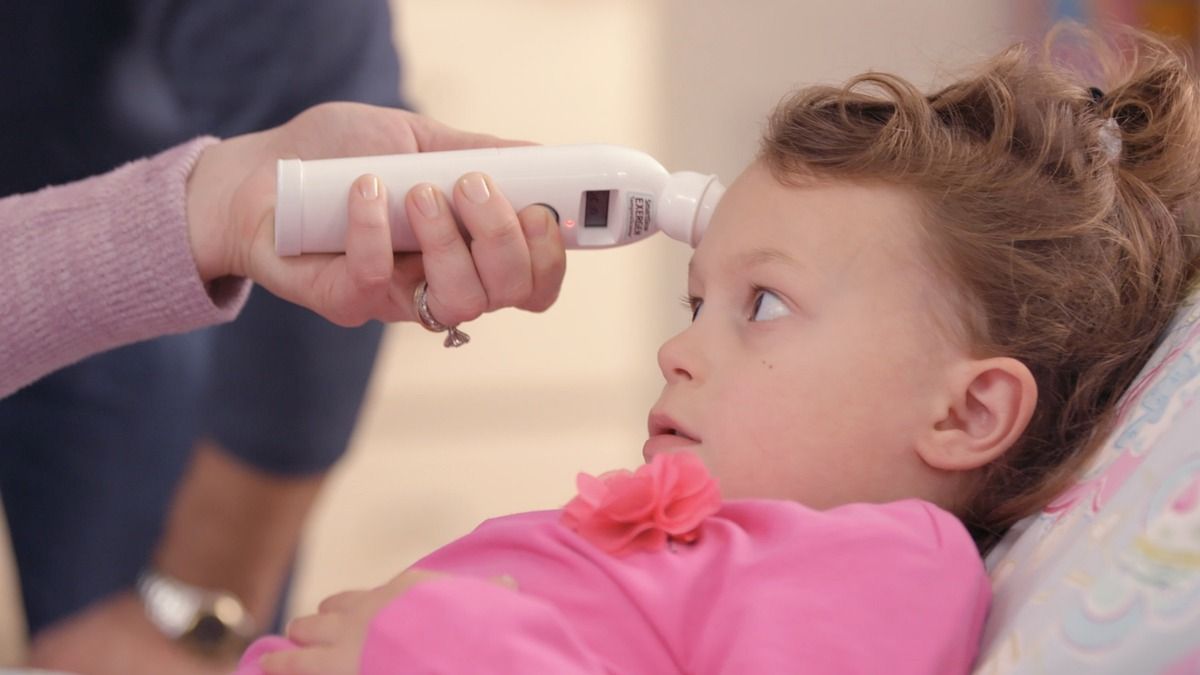The end of winter and the beginning of spring mark the seasonality of meningitis, that is, the time of greatest circulation of the disease, especially bacterial1. It is a serious condition, which develops quickly and can cause death or leave irreversible sequelae, a situation that, according to specialists, could be avoided through vaccination2. “It is inconceivable that a child dies of meningitis when it can be prevented. There is no other disease that poses such a dramatic situation. In addition, it mainly affects the most deprived sectors,” he said. Alvaro Galianadirector of the Pereira Rossell Hospital in Uruguay.
As well explained Fernando Burgos (MN 81.759), member of the Scientific Department of the Vacunar Foundation, stated that “vaccination in general prevents between two and three million deaths each year and yet There are 15 million unvaccinated children in the region”. In a context in which the vaccination rate is low Throughout the Southern Cone3, the development of meningococcal disease is a concern.
The biggest problem that the disease presents is that Its first symptoms are often not treated properly. because they are common to other conditions, so medical intervention occurs late. In fact, some of its most frequent manifestations are fever, irritability, stiff neck, diarrhea, drowsiness, rejection of light, headache and nausea or vomiting1. In the case of bacterial meningitisonce the bacteria enter the body, they can multiply and spread rapidly through the bloodstream, which in some cases can lead to severe inflammation of the meninges, which are the membranes that cover the brain and spinal cord4.
Neisseria meningitidis or meningococcus is one of the main causes of meningitis worldwide. Although it occurs mostly in children, especially those under one year of age, the main transmitters are adolescents who, as indicated by Galiana“They may not present symptoms, but they are contagious.” Rodolfor Villenahead of the Department of Infectology at the Dr. Exequiel González Cortés Children’s Hospital in Chile, adds: “When the conjugate vaccine is used in adolescents, lower the transmission. The impact of vaccination is much higher if they are included.”
The consequences that meningococcus can leave are irreversible. and may appear late. “There are 25 percent cases of deafness, blindness, neurological problems and loss of limbs in surviving children,” he explains. Galiana. Villena The study indicates that in Chile, 60.5 percent of patients have sequelae, and 72 percent of cases are neurological. “Ten years after having suffered from the disease, patients have up to ten points less IQ than the average child of their age, while 70 percent end up having a poor quality of life.” In this country, the vaccination strategy to prevent Neisseria meningitis was modified last year, with a mixed prevention scheme that protects against all serogroups (A, B, C, W and Y) between the first and second year of life.
However, What worries experts most is the increase in mortality In certain countries. In Uruguay, the figures have increased since the Covid-19 pandemic. In 2023, there were a total of 29 cases and two deaths, giving a fatality rate of 8.3 percent. In contrast, by week 20 of 2024, there were 13 cases, but five of them died, which implied a fatality rate of 38.4 percent6.
In Uruguay, although there are two vaccines available – one against serogroup B and another against groups A, C, Y and W – neither is included in the vaccination schedule6. National Advisory Commission on Immunizations (CNAV) has committed to analyzing during September of this year the need to introduce them into the calendar due to the increase in cases that the country has been experiencing, especially of type B in children under five years of age5. Villenaprevention against meningitis is “a challenge for public health because it is a vaccine-preventable disease and countries must decide whether to vaccinate and whether to provide adequate coverage.”
Burgos indicated that the Argentinafor its part, has a vaccine for infants and adolescents against serotypes A, C, W, Y in the National Vaccination Calendar, but the one for serogroup Bwhich is the most prevalent today7. In fact, according to the Malbrán Institute, for the past two years it has represented 100 percent of cases in children under one year of age8. Regarding invasive meningococcal disease, in 2022 its incidence increased by more than 100% compared to the previous year7 and the trend continued to rise in 20238. In the province of Santa Fe, for example, up to week 35 of 2024, 12 cases were recorded, of which 8 were type B9, and 3 could not be classified.
Burgos also highlighted the Importance of the pediatrician’s role as a communicator and called for promoting “humanized prevention, using appropriate language, understanding others and always informing about the available options.”
It is essential, especially during this period of increased seasonality, to consult a doctor and vaccinate children and adolescents. It is the only way to deal with meningitisa disease that has very serious consequences and can be fatal if not treated in time.
Source: Ambito
I am Pierce Boyd, a driven and ambitious professional working in the news industry. I have been writing for 24 Hours Worlds for over five years, specializing in sports section coverage. During my tenure at the publication, I have built an impressive portfolio of articles that has earned me a reputation as an experienced journalist and content creator.




